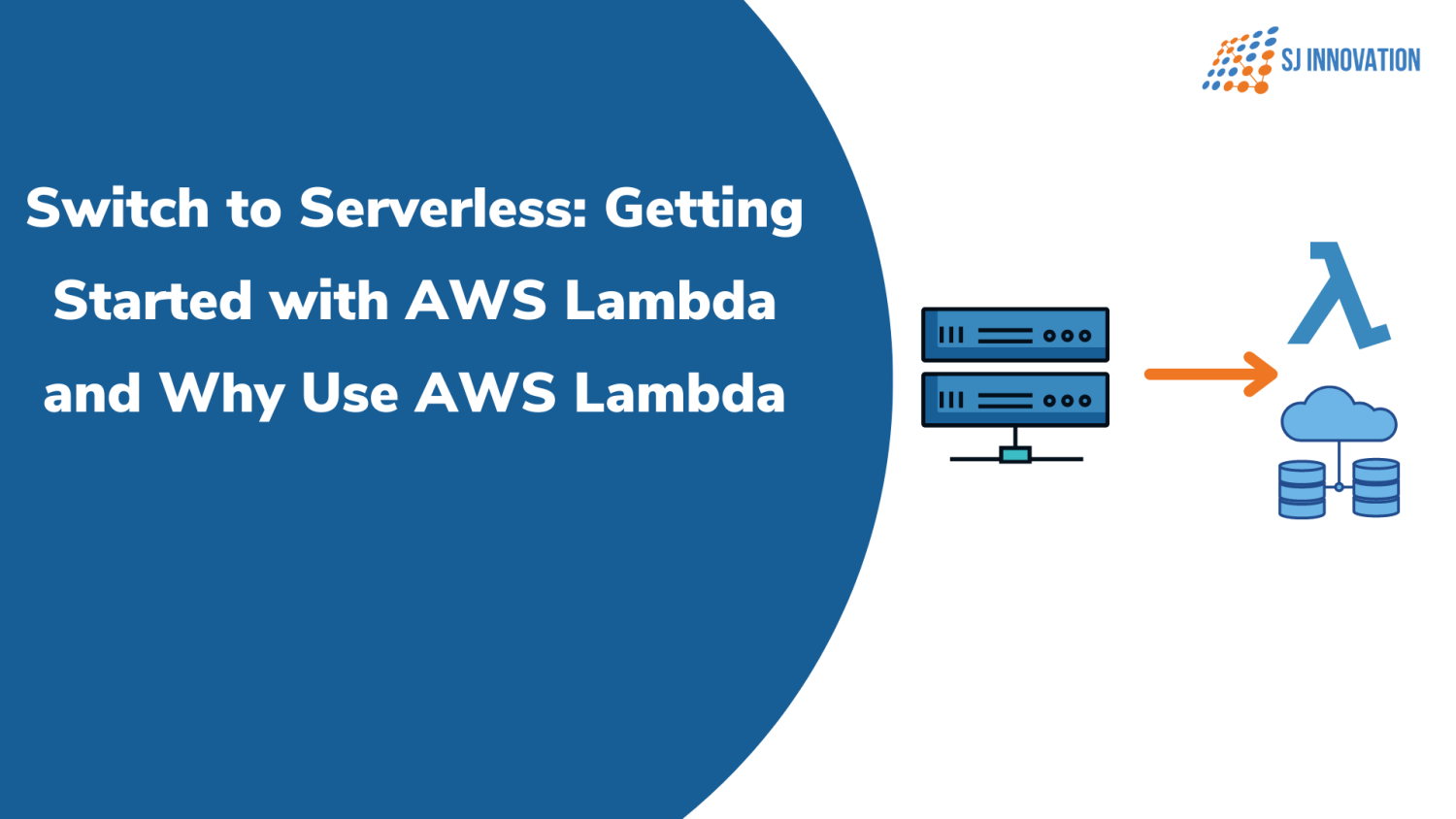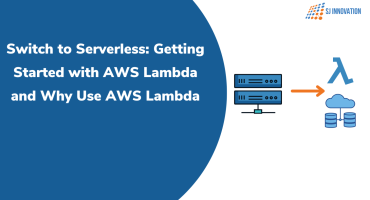Switch to Serverless: Getting Started with AWS Lambda and Why Use AWS Lambda

Developing apps and keeping them running is no mean feat.
While you have to deal with writing code, one also needs to look into scaling, servers, and stability issues among other aspects. Many companies end up spending a lot of money and time on overhead and less on development.
When AWS Lambda (the serverless computing service on the AWS cloud) launched in 2014, it became a runaway hit for Amazon.
Why?
Because the platform eliminated inconveniences that distract teams from development by channelling resources to where they can offer the most value.
Even though AWS Lambda is not the only solution that exists — especially with competitors such as Google Cloud Functions and Azure Functions joining the mix — it still emerges as the clear winner.
In this blog, we examine
- Why using AWS Lambda is a good move?
- Why choose AWS Lambda?
- What are the functions of AWS Lambda?
- What are the steps to get started with AWS Lambda?
Why using AWS Lambda is a good move?
AWS Lambda is the be-all-end-all serverless platform for many reasons. It:
- Makes apps simple so you can focus your entire attention on code and business logic and value
- Removes the stress of having to manage your servers and the issues that crop up with it
- Efficiently integrates with other AWS services to solve complex problems (this feature is part of the AWS suite)
Trying to understand AWS Lambda?
We can help!
AWS Lambda manages all operational and administrative processes such as running and logging code, applying security patches, and looking after fleet health. To learn how this helps your business and how it works, contact us!
Why choose AWS Lambda?
The workings of AWS Lambda are pretty simple. The serverless infrastructure allows you to upload a code to any platform so depending on the code you mention, the code runs.
But, this isn’t the only reason why you should go in for AWS Lambda.
- Get ample amount of development time: Since Lambda looks after server scaling and maintenance requirements, you are left with plenty of time on your hands to allot to development.
- Handles complex automation: Need more time on your hands for coding and development tasks? You got it with Lambda as the infrastructure deals with abstraction perfectly so all kinds of intricate and confusing automation are taken care of, leaving you with more time to focus on other tasks.
- The multifaceted and mobile-friendly dashboard: The dashboard that makes it easy to manage the AWS ecosystem (also known as the AWS console) seamlessly helps you carry out security and logging procedures. The best part? This console can be accessed via a mobile app.
- It gets rid of extreme control over configuration needs: AWS Lambda offers a fair field that your app can seamlessly run on. This means you do not have to wonder whether it will run just as smoothly as it did after testing. So, any strain on configuration needs is eliminated.
What are the functions of AWS Lambda?
Once you upload your code to AWS Lambda, it’s called a ‘Lambda function’, which then becomes part of the Amazon ecosystem.
AWS Lambda functions
- Upload code in ZIP file: AWS Lambda functions refers to the code that is uploaded in a ZIP file to AWS Lambda. The platform then runs it for you.
- Using AWS Lambda Console: You can also run code in AWS Lambda by using the inline editor known as the ‘AWS Lambda Console’. It supports Python, Java, and Node.js among others.
- Upload an object-created event to the S3 bucket: You set AWS Lambda functions into action whenever you configure an event. This means that code only runs when required and won’t otherwise. Do this by uploading an object-created event to the S3 bucket which works at the same time as AWS Lambda.
To meet security requirements, before AWS Lambda functions are created, they need an execution or IAM role. All in all, from the moment AWS functions, begin to run, your app will swing into action too. You can monitor your app through the AWS Console.
What are the steps to get started with AWS Lambda?
Follow these simple steps to create an AWS Lambda function. Make sure you have set up an AWS account. Also, see that you have uploaded object-created events to your S3 bucket.
- Once at the AWS Console, click on ‘Services’ > Lambda
- Select ‘Get Started Now’
- Go to Lambda > ‘New Function Page’
- Go to ‘Select blueprint’ > ‘S3-get-object’
- Head to the ‘Configure events’ section, leave the ‘default settings’ and click ‘Skip’
Next,
- Go to the ‘Configure function’ section and enter a ‘function name’ and ‘description’
- Below that you will see the ‘AWS Lambda function code’ section. Under ‘Code entry type’ select, ‘Edit code inline’
- In the ‘AWS Lambda function handler and role’ section select, ‘S3 execution role’
- Select ‘Allow’ in the IAM window and you will see the new role name in the ‘role’ field
Lastly,
- Under the ‘Advanced Settings’ section, change the ‘Timeout value’ to ‘5’
- To set up the AWS Lambda function, go to the ‘Review’ section and click ‘Create Function’
So there you have it! Now you know why using AWS Lambda works wonders and why you need to use it. If you want to learn more about switching to serverless, you can read about serverless cyber assets development with AWS. For any other information, you can contact our experts in AWS Cloud Services.
Get in touch
If you are looking for AWS cloud services enterprise-level deployment, we can help! See how your business can run compute-intensive functions on-demand and pay as and when the code is running. Contact our experienced and skilled team of experts to know how to add efficiency to your everyday operations with AWS Lambda!

Case Study: TalentResources

7 Reasons Why CRM is Useful for Accountants


